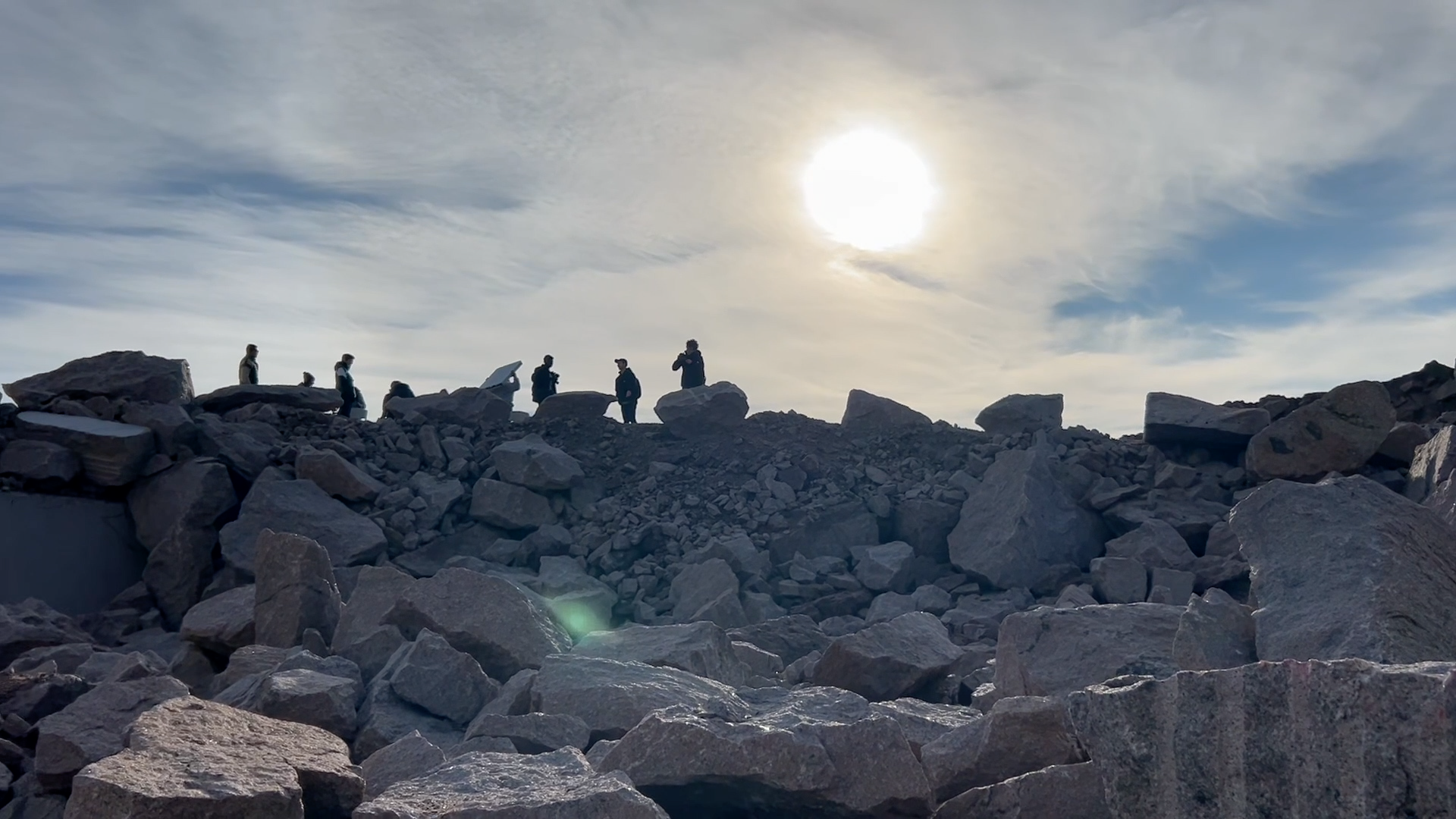
ABOUT US
There’s more than one way to explore aerospace. Since 2010, the Yale Undergraduate Aerospace Association has worked to explore aerospace from every perspective.

There’s more than one way to explore aerospace. Since 2010, the Yale Undergraduate Aerospace Association has worked to explore aerospace from every perspective.
The Yale Undergraduate Aerospace Association promotes and advances aerospace engineering through collaboration, innovation, and outreach. In doing so, we cultivate leaders who meet challenges with discipline and creativity. See how we came to be ourselves.
The YUAA launches two high-altitude balloons. Horizon, our first successful project, took a photo of the earth's curve
Yale Aerospace expanded into high-power rocketry in 2013, winning first place in the Astro-Egg Lander event of the Battle of the Rockets competition in Culpeper, Virginia. At the same time, YUAA created the Command Center, an electronic control and communication module programmable for use in any aircraft
Another major breakthrough came in the summer of 2014 when YUAA’s rocket team first competed at the highly prestigious Intercollegiate Rocket Engineering Competition (IREC) in Utah, and won 2nd place in the payload category. The rocket, Chronos, carried a payload to measure the effects of gravitational fields on time dilation according to special relativity.
2015 saw the YUAA undergo more major expansions as we enrolled more new members than ever and forayed into astronomy projects (the Radio Telescope) and multi-stage rocketry. CubeSat, the first intentional multi-year project, is innagurated. Our work on the Radio Telescope and the CubeSat caused the YUAA to be the sole collegiate team to be recognized at 2015 White House Astronomy Night.
At the very least, we tested the population of microbial life up to 10,000 feet in the atmosphere. At the Intercollegiate Rocket Engineering Competition, the YUAA defended their title of winning 2nd place in the payload category in their second year of competition. The team used the rocket Ziggy Stardust to measure the biodiversity of the atmosphere at varying altitudes, while competing against over 50 teams.
The YUAA starts its first non-engineering project, SPRC. The launch was a great success, with seventeen students flying to various conferences, symposia, and internships across the country
YUAA’s constant diversification and escalation of tasks have enabled members to go from rocketry novices to international champions, image distant galaxies, tinker with liquid rocket engines, present unique policy to national policymakers, and engage with the local communities and aerospace in any way they can dream.
Visit yaleaerospace.org to learn more.